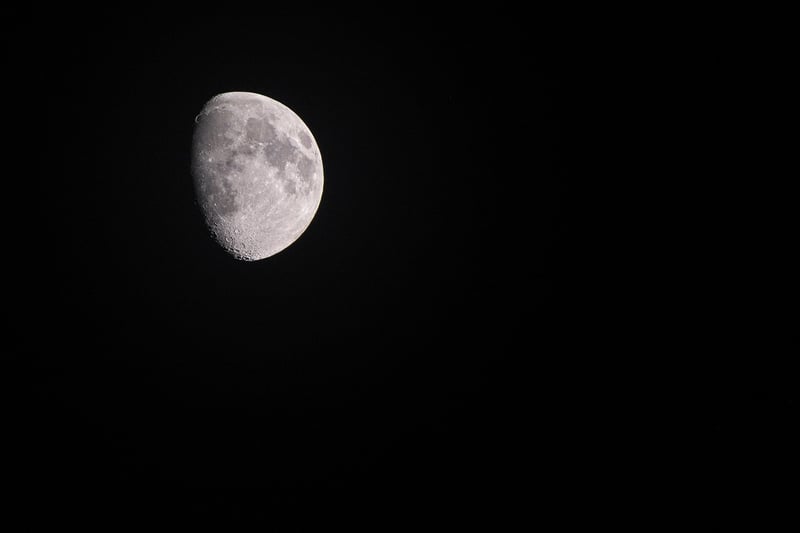Lunar Resources
The Potential of Utilizing Celestial Bodies and Lunar Resources
Exploring and harnessing the resources of celestial bodies like the Moon presents a unique opportunity for future space exploration and colonization. The Moon, Earth's natural satellite, is rich in resources that could be utilized for various purposes, from sustaining human life to advancing scientific research.
1. Water Ice on the Moon
Recent discoveries have indicated the presence of water ice in the permanently shadowed regions of the Moon's poles. Water is a crucial resource for sustaining life, generating fuel, and supporting future human missions beyond Earth.

2. Helium-3 for Fusion Energy
The Moon is also abundant in Helium-3, a valuable isotope that could be utilized in future fusion reactors to provide clean and efficient energy. Mining Helium-3 from the lunar surface could revolutionize the energy industry on Earth.

3. Building Materials and Resources
Utilizing the regolith (lunar soil) and other materials present on the Moon can enable the construction of habitats, structures, and infrastructure for sustained human presence. This reduces the need to transport resources from Earth, making space exploration more sustainable.

4. Scientific Research and Exploration
Studying celestial bodies like the Moon provides valuable insights into the history of our solar system and universe. By conducting research on the Moon, scientists can uncover clues about planetary formation, geological processes, and potential future space missions.

Conclusion
The utilization of celestial bodies and lunar resources opens up a multitude of possibilities for advancing human civilization in space. From water ice for life support to Helium-3 for energy production, the Moon holds the key to sustainable space exploration and colonization.
Exploring and harnessing these resources will not only expand our scientific knowledge but also pave the way for a future where humanity can thrive beyond the confines of Earth.
